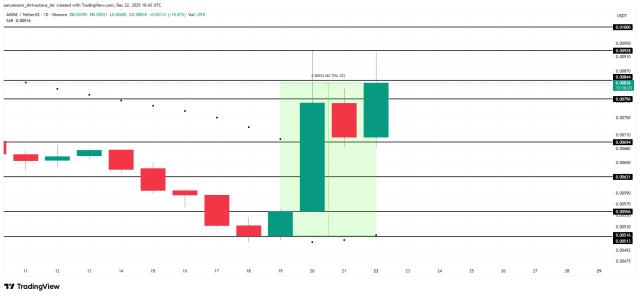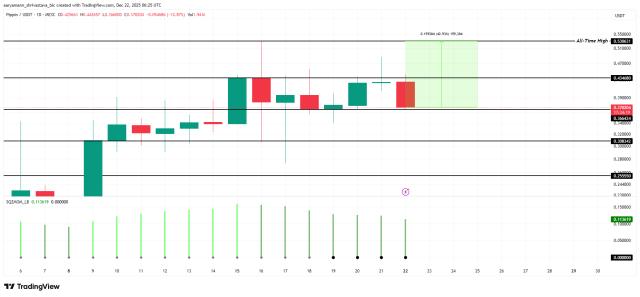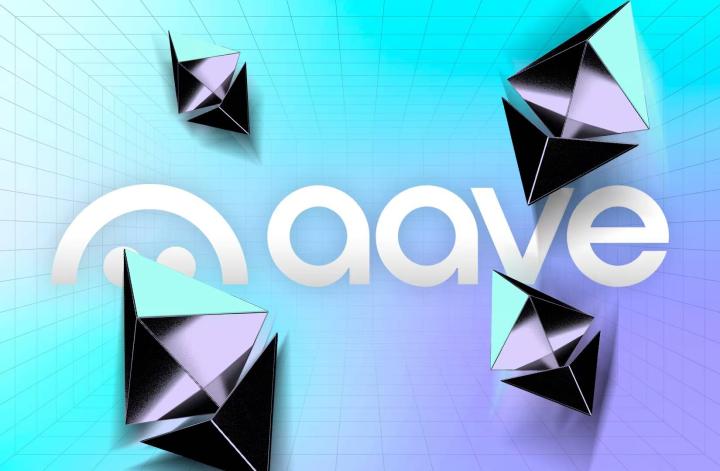Author: @asxn_r
Translation: Blockchain in Vernacular

The Ethereum ETF will be launched on July 23. The market has overlooked some dynamics of the ETH ETF that do not exist in the BTC ETF. In this article, we will focus on flow forecasts, ETHE unwinding, and ETH's relative liquidity:
1. Fee Structure
The fee structure of the ETF is similar to that of the BTC ETF. Most providers waive fees for a specific period to help accumulate assets under management (AUM). Similar to the BTC ETF, Grayscale maintains its ETHE fee at 2.5%, an order of magnitude higher than other providers. The key difference this time is the introduction of Grayscale's mini ETH ETF, which has not been approved before in the BTC ETF.
The Mini Trust is a new ETF product launched by Grayscale with an initially disclosed fee of 0.25%, similar to other ETF providers. Grayscale’s idea is to charge lazy ETHE holders a 2.5% fee while directing more active and fee-sensitive ETHE holders to their new product, rather than directing funds to low-fee products like Blackrock’s ETHA ETF. After other providers cut Grayscale’s 25 bps fee, Grayscale pulled back and reduced the Mini Trust’s fee to just 15 bps, making it the most competitive product. In addition to this, they transfer 10% of ETHE AUM to the Mini Trust and gift this new ETF to ETHE holders. This transfer is done on an equal footing, so it is not a taxable event.
As a result, outflows from ETHE will be more modest than from GBTC, as holders will only have to transition to the mini-trust.

2. Liquidity
Now let's look at liquidity. There are many estimates of ETF liquidity, some of which we have highlighted below. When these estimates are normalized, the average estimate is around $1 billion per month. Standard Chartered Bank provides the highest estimate at $2 billion per month, while JPMorgan Chase's estimate is lower at $500 million per month.
Fortunately, we have the help of Hong Kong and European ETPs, as well as the closure of the ETHE discount, to help estimate liquidity. If we look at the AUM breakdown of Hong Kong ETPs, we come to two conclusions:
1) In the relative AUM of BTC and ETH ETPs, BTC is overweight relative to ETH, with a relative market capitalization of 75:25 and an AUM ratio of 85:15.
2) The ratio of BTC to ETH in these ETPs is relatively constant and consistent with the ratio of BTC market capitalization to ETH market capitalization.

Looking at Europe, we have a larger sample to refer to - 197 crypto ETPs with a total AUM of $12 billion. After analyzing the data, we found that the distribution of AUM of European ETPs is roughly consistent with the market capitalization of Bitcoin and Ethereum. Solana's allocation is too high relative to its market capitalization, which is mainly at the expense of "other crypto ETPs" (that is, any other crypto asset that is not BTC, ETH or SOL).
Solana aside, a pattern begins to emerge — the distribution of BTC and ETH AUM globally roughly mirrors a portfolio weighted by market cap.

Given that GBTC outflows sparked a “sell the news” narrative, it is important to consider potential outflows from ETHE. In order to model potential outflows from ETHE and its impact on price, it is necessary to look at the percentage of ETH supply that is in the ETHE instrument .
Adjusting for Grayscale’s mini-seed fund (10% of ETHE AUM), the ETHE vehicle’s share of total supply is similar to GBTC’s share at launch. It’s unclear how much of GBTC outflows are rotations rather than exits, but if we assume that rotation flows are similar in proportion to exit flows, then ETHE outflows have had a similar price impact as GBTC outflows.
Another key piece of information that is overlooked by most is the premium/discount of ETHE relative to Net Asset Value (NAV). ETHE has been trading within 2% of par since May 24th, while GBTC first traded within 2% of par on January 22nd, just 11 days after converting to an ETF. The approval of a spot BTC ETF and its impact on GBTC was gradually priced in by the market, while ETHE trading at a discount to NAV has been widely foreshadowed through the GBTC story. By the time the ETH ETF goes live, ETHE holders will have two months to exit ETHE near par. This is a key variable that will help curb ETHE outflows, especially exit flows.

Link to this article: https://www.hellobtc.com/kp/du/07/5312.html
Source: https://x.com/asxn_r/status/1814384398277484612






